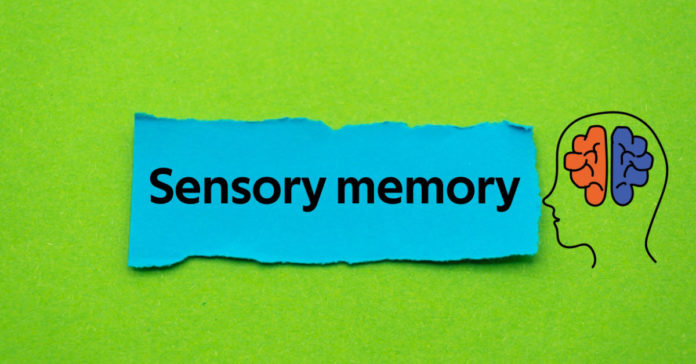Overview
We have five senses – hearing, vision, touch, smell, and taste. It is known as sensory memory when we utilize our senses to make memories. Sensory memory is the perception of taste, sight, smell, hearing and touch information entering via sensory cortices of your brain and relaying through the thalamus. These memories are short-lived, meaning it lasts only for a few seconds. You experience sensory memory only when one or more of your senses are stimulated.
The blogs explain sensory memory, its types, and examples of different types of sensory memory.
What is Sensory Memory?
As mentioned above, sensory memory is a memory that is formed through our five sense organs. These are short-lived memories. They remain for a few moments until new ones are created and stored. Following a reprocessing step, they are linked to a recollection that could be stored in your short-term memory.
What are the Different Types of Sensory Memory with Examples?
Each sense organ is associated with a sensory memory. The types of sensory memories are as follows:
Iconic Memory
It is linked to what you see. It stores memory for a few seconds and the amount of time memory gets stored also depends upon how bright the image is. The brighter the image, the longer it may stay.
These are the memory of visuals. The fleeting memory of what you saw before you shut out the lights is known as iconic memory. Let’s take another example. Picture yourself in a car and passing by a pasture of cows grazing. The memory of the cows that are left when you cross the field is an iconic one. Your quick memory of the names of companies and establishments and their signage when you passed a row of buildings along a road is another example of an iconic memory.
Sound and hearing make echoic memory. It takes a few seconds for your brain to process these memories. When the sound enters the ears, the brain’s temporal lobe starts to process it. Research indicates that this memory is vital when learning a language. The study also shows that people who have problems with speaking can only store echoic memory for a short time.
The capacity for linguistic comprehension is an essential example of echoic memory. Speech and echoic memory both go through a similar procedure. This type of memory keeps track of each sound or syllable and links it to the next sound or syllable, assisting your brain in identifying words and sentences that you can understand. Your ability to listen to songs is also an example of echoic memory. Your brain can connect the notes and the tone to recognize it as a song.
Haptic Memory
Your sense of touch plays a role in this kind of memory. It may involve pleasant sensations, pressure, pain, and itching. You can recognize objects you’re touching thanks to haptic memory.
Your haptic memory is used by everything that employs touch as a sense. For instance, this memory stores the sensation of a raindrop on your skin, enabling you to understand what is happening. Even playing an instrument involves using your haptic memory because it allows you to feel the location of your fingers so you can play the right notes. Similarly, when you’re typing on a computer, haptic memory aids in finding the correct keys.
Olfactory Memory
This memory is connected to odor. A smell quickly makes its way to the areas of the brain that support long-term memory after inhaling. Because molecules from the food you chew enter your nose, your olfactory memory aids you in identifying flavors. You can only taste simple flavors like sweetness if you cannot smell them. Complex flavours need assistance from the olfactory senses.
Taste is influenced by your olfactory memory, which can also evoke sentimental recollections from the past. When you smell anything from your childhood, your brain can access other memories connected to that smell. This sense might also represent feelings. Your olfactory memory is in action when you smell a candle, and it makes you feel peaceful.
Gustatory Memory
This type of memory is connected to taste, and olfactory memory is closely associated. The five primary tastes your tongue detects via the gustatory receptor cells assist you in identifying foods that are salty, sweet, bitter, and sour foods.
Like odors, tastes can jog your memory of the past. For instance, you may experience nausea the next time you eat a dish that formerly made you sick. By keeping in mind things that can be hazardous, you can avoid eating dangerous foods thanks to this evolutionary advantage.
Conclusion
Sensory memory is the memory that helps you in processing and calculating the environment around you. Your brain may either process or ignore sensory information you see, hear, smell, touch, or taste. Understanding how each component of sensory memory impacts you will help you comprehend why you can recall some sensory information but not others.


















